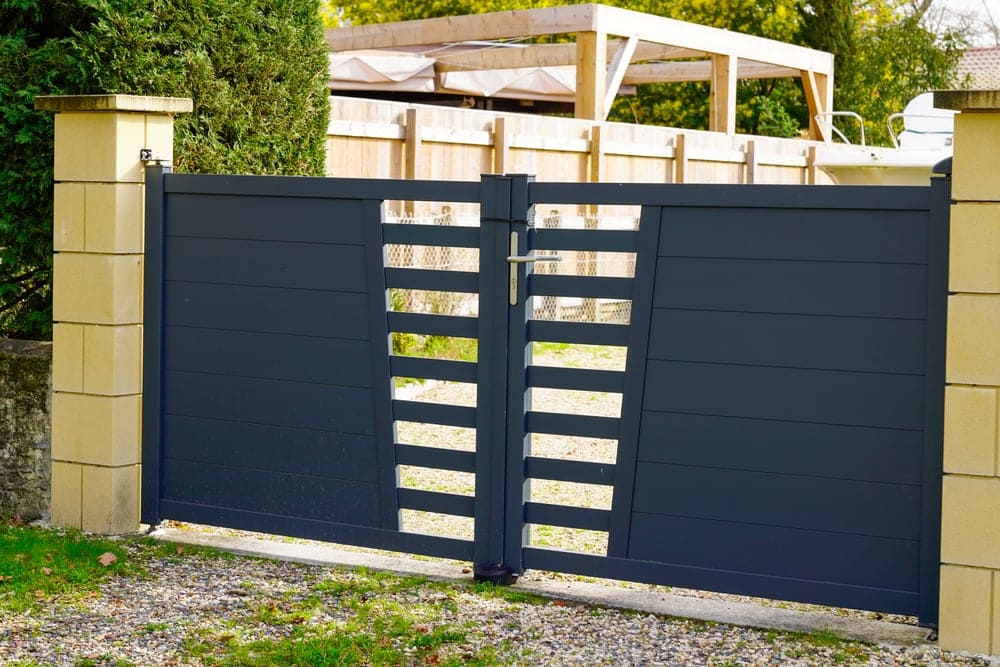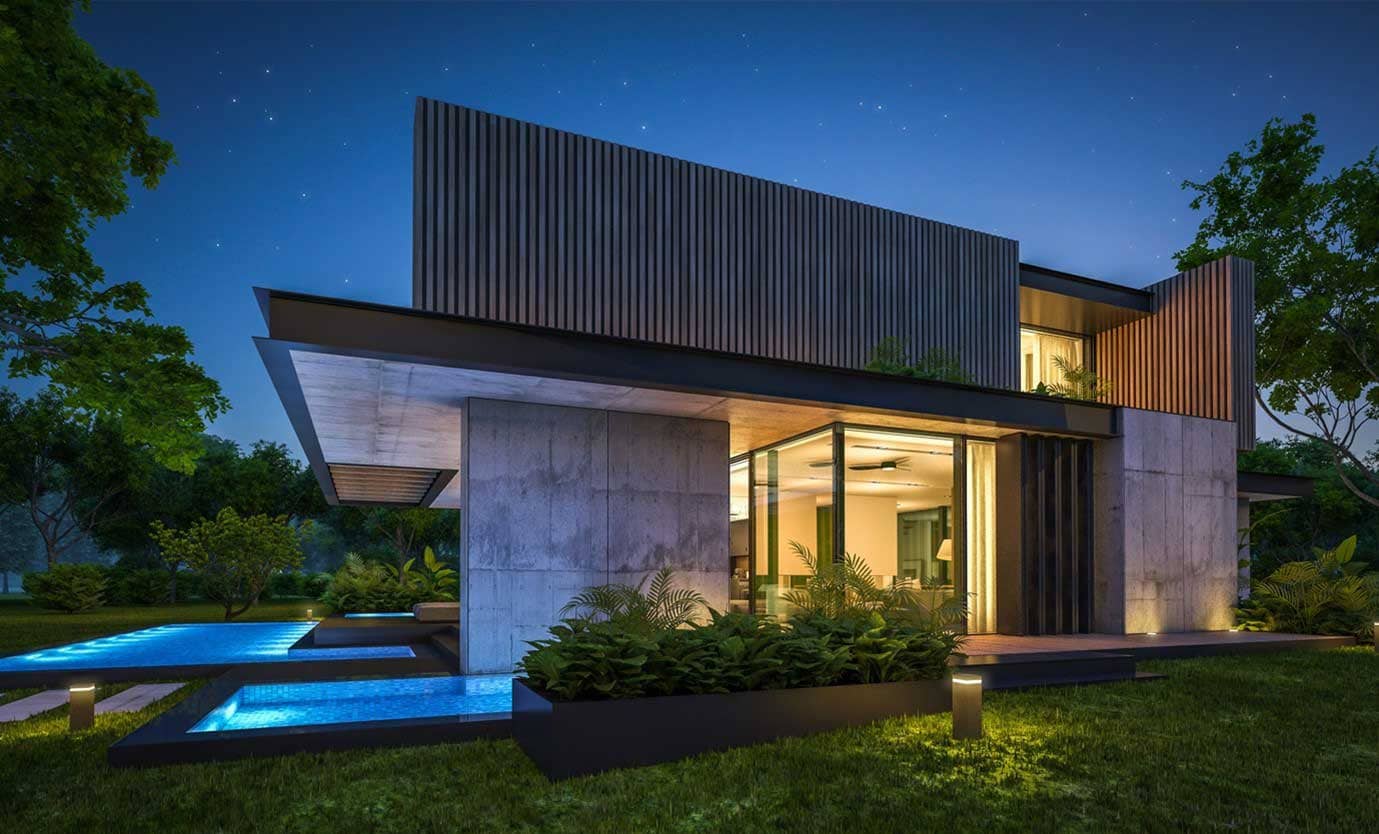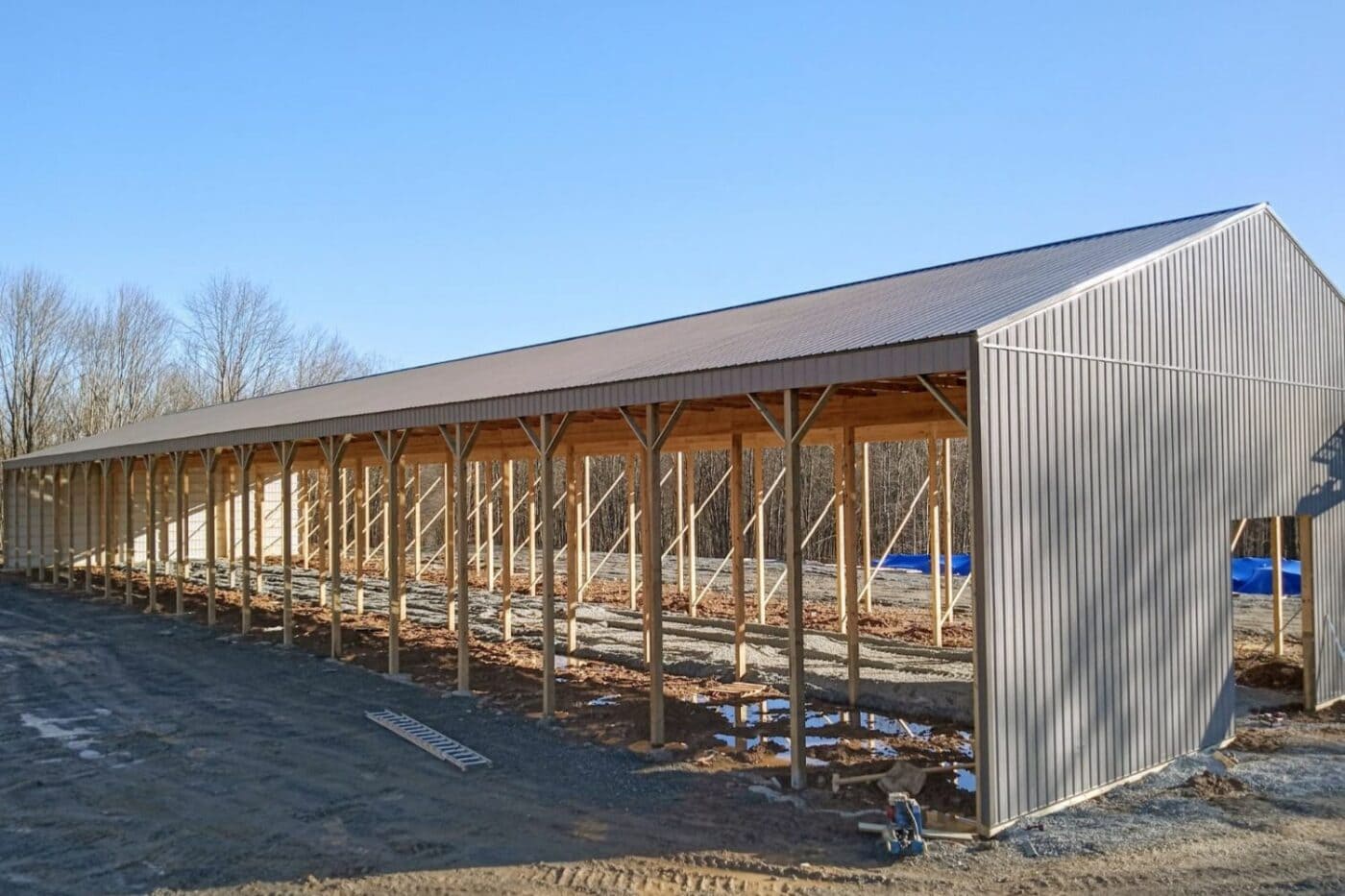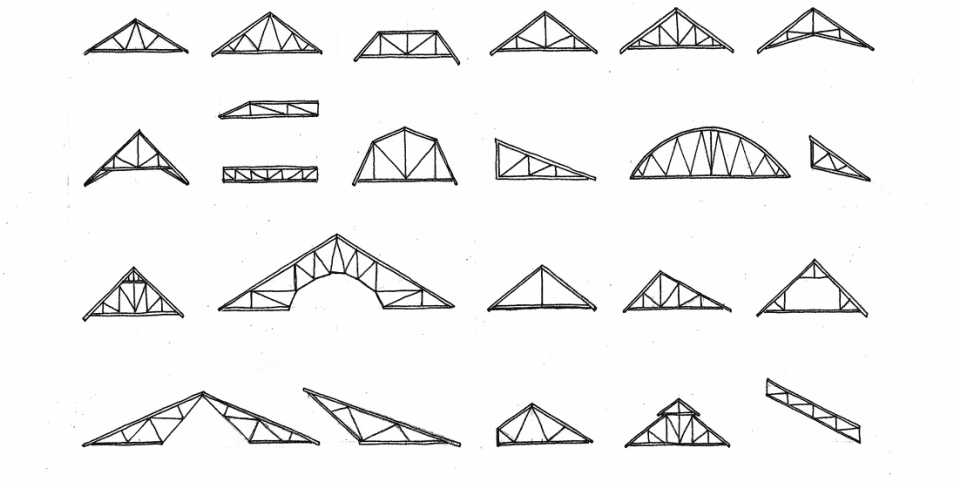Introduction:
The entrance of a property is often considered its first impression, and gate pillars play a crucial role in defining the aesthetics and functionality of a gate. Proper design and construction of gate pillars not only enhance the overall appeal of a property but also contribute to its security and longevity. In this article, we will delve into the key considerations and steps involved in gate pillar design and construction.
Site Analysis and Planning:
Before diving into the design process, it’s essential to conduct a thorough site analysis. Factors such as the landscape, existing structures, and local building codes must be considered. Additionally, the purpose of the gate pillars (decorative, security, or a combination of both) will influence the design.
Material Selection:
Gate pillars can be constructed using various materials, including brick, stone, concrete, and metal. The choice of material depends on factors such as budget, design preferences, and climate conditions. Each material has its own set of advantages and considerations, so it’s crucial to weigh the pros and cons before making a decision.
Design Considerations:
The design of gate pillars should complement the overall architecture of the property. Factors such as size, shape, and ornamentation should be carefully considered. Balancing aesthetics with functionality is key, ensuring that the gate pillars not only look appealing but also serve their intended purpose effectively.
Foundation and Structural Design:
A solid foundation is essential for the stability and durability of gate pillars. The soil composition and load-bearing capacity of the site must be assessed to determine the appropriate foundation design. The structural integrity of the pillars, including reinforcement and connections, should be thoroughly planned to withstand environmental factors and potential stresses.
Construction Process:
Once the design is finalized, the construction process can begin. This typically involves excavation for the foundation, setting the formwork, pouring concrete, and allowing it to cure. For brick or stone pillars, skilled masonry work is necessary. Metal pillars may require welding and fabrication. Attention to detail during the construction phase ensures the longevity and stability of the gate pillars.
Finishing and Decoration:
The finishing touches play a significant role in the overall appearance of gate pillars. Depending on the chosen material, options for finishing include painting, staining, or applying a protective sealant. Ornamental elements such as caps, finials, and decorative features should be integrated to enhance the aesthetic appeal of the pillars.
Maintenance and Care:
Proper maintenance is crucial for the longevity of gate pillars. Regular inspections for signs of wear, damage, or structural issues should be conducted. Any necessary repairs or maintenance, such as repointing mortar joints or addressing rust on metal pillars, should be promptly addressed to ensure the continued functionality and appearance of the gate pillars.
Conclusion:
In conclusion, gate pillar design and construction require careful consideration of various factors, from site analysis to material selection and structural design. A well-designed and properly constructed gate pillar not only adds beauty to a property but also serves as a durable and functional element. By paying attention to each step of the process and investing in quality materials and craftsmanship, property owners can create gate pillars that stand the test of time, making a lasting impression on visitors and enhancing the overall value of their property.





